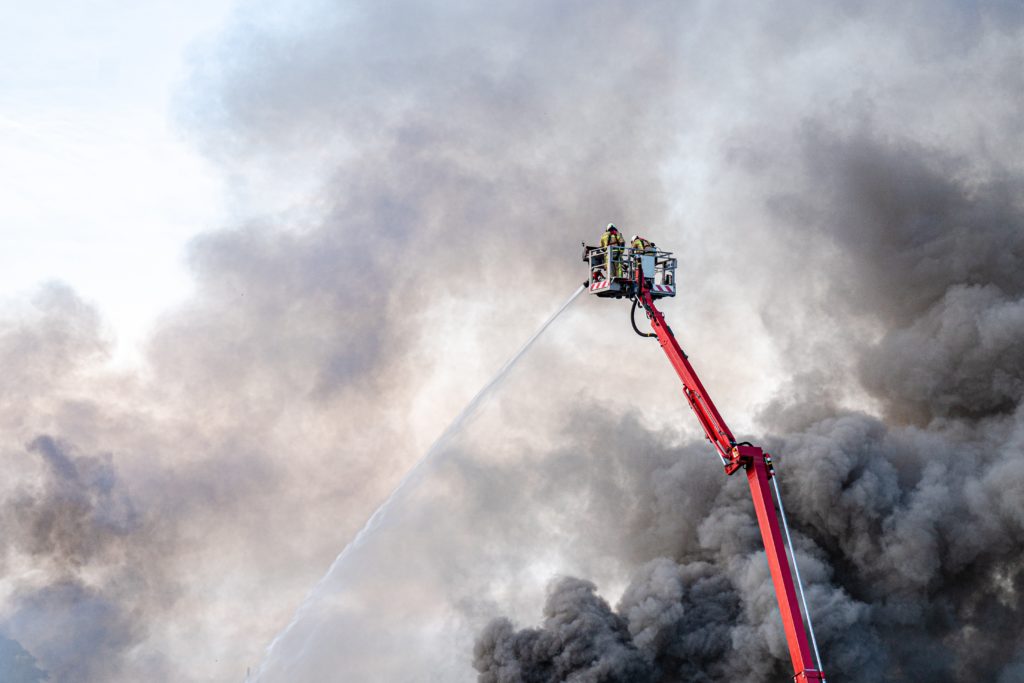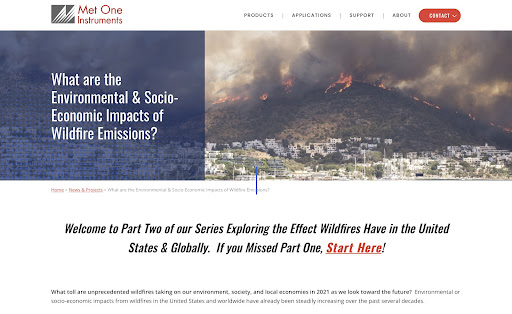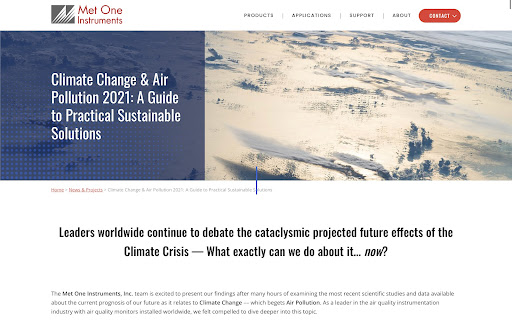Learn how Met One upgraded the durability of two air quality monitoring instruments, the E-BAM & E-SAMPLER, to combat Wildfires alongside the brave fire management service members on the frontlines at USFS…
Welcome back to the Met One Instruments Inc. blog! It is hard to believe that wildfire season is already upon us in 2022. Last year, because of our expertise in the science and production of air quality management instruments, we committed to providing the public with thoroughly researched information about Wildfires. Not only the far-reaching effects wildfires have on our local environments and health, but also the socio-economic impacts of these events that are often catastrophic.
Unfortunately, the destruction and air pollution produced by wildfires is an issue you are probably becoming familiar with if you have not already personally been affected. Interested in learning more? Start with part one “Global Wildfire, Air Quality, & Public Health Information 2021.” Also, part two of our wildfire series “What are the Environmental & Socio-Economic Impacts of Wildfire Emissions?”
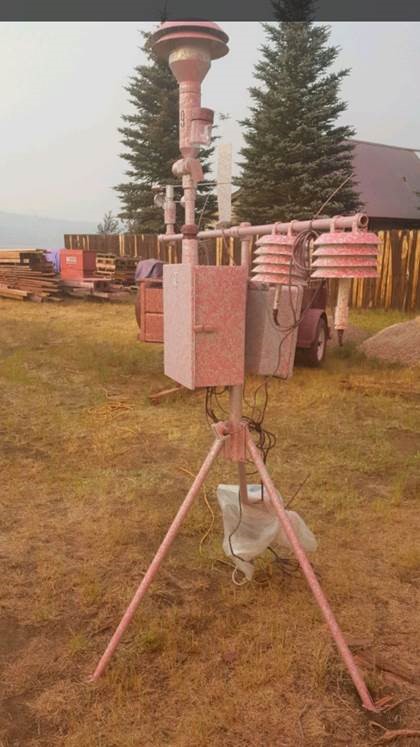
Today, we are excited to present to you a real-world application of our E-BAM, E-SAMPLER, and our commitment at Met One to do whatever it takes to produce the most precise air monitoring instruments in the world. In this instance, we are proud to have had the opportunity to improve the durability of our products to help the United States Forest Service Fire Management team study and combat wildfires in 2022.
First, let’s dive into what USFS does to manage wildfires. Then we will move on to how we upgraded our products after another tumultuous year of wildfires, within a tight time frame at the end of 2021, to meet their requests and better serve the needs of USFS Fire Management. Ready? Let’s get started.
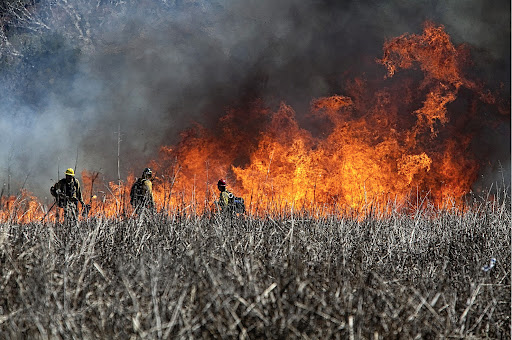
United States Forest Service — How Do They Combat Wildfires?
“The Forest Service stewards an impressive portfolio of landscapes across 193 million acres of National Forests and Grasslands in the public trust. The agency’s top priority is to maintain and improve the health, diversity, and productivity of the nation’s forests and grasslands to meet the needs of current and future generations.”
USFS
First, we should acknowledge that wildfires are a normal and critical natural process in the regeneration of ecosystems. However, in the past decade wildfire activity has increased exponentially due to the majority of “wildfires” being started by careless human activity and climate change.
💡 Interested in learning more about what we can do about Climate Change as it relates to Air Pollution? Check out our blog post “Climate Change & Air Pollution 101: A Guide to Practical Sustainable Solutions.”
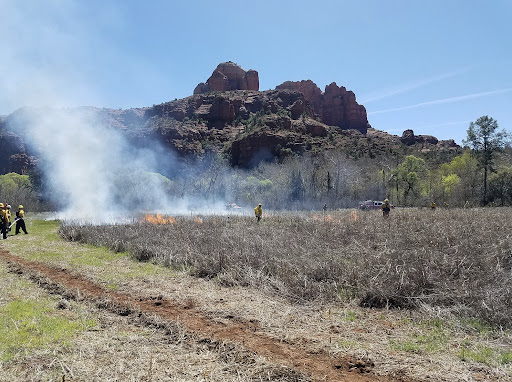
The USFS has a team dedicated to Fire Management in the United States. One of the ways that USFS manages fires is by reducing burnable vegetation known as “fuel,” such as grass, overgrowth of bushes, or trees. To combat wildfires the USFS thins the overgrowth in forests to reduce the amount of “fuel” available should a wildfire ignite.
The fire management team also plans strategic burning of vegetation to lessen the threat to nearby communities. Most of its prescribed fires and brush removal are focused on the “wildland-urban interface,” where developed properties meet undeveloped wildland vegetation — these areas are especially prone to wildfires. Prescribed fires give the USFS the ability to protect endangered species, and are key to the health of areas that could be destroyed if an out-of-control wildfire was sparked. “Post-Wildfire Recovery” is another important aspect of the USFS duties after a wildfire has claimed land.
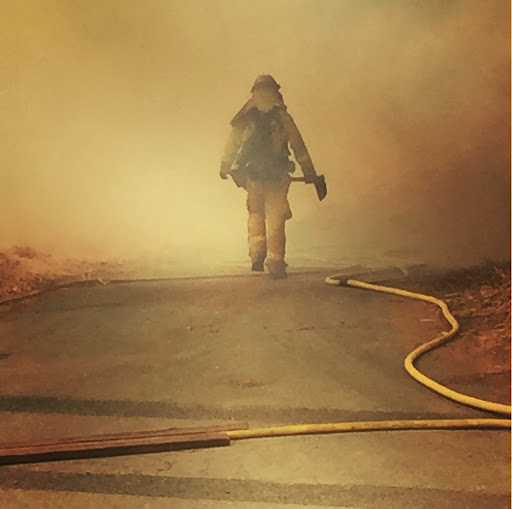
“Climate change, catastrophic wildfire, bark beetle infestation, invasive species, record droughts, and other stressors threaten the health of our forest and watersheds, and the people that rely on them. With our valuable state, tribal, local government, and private partners we are working hard to increase the rate of restoration in the face of these mounting challenges. We use an all-lands approach because we know that problems do not stop at forest boundaries, and we work every day to restore the ecological integrity our forests need to be healthy now and into the future.”
USFS
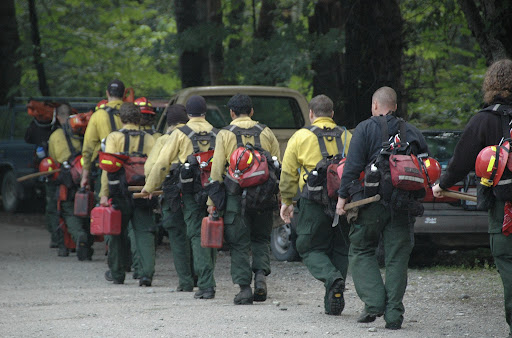
Inevitably, tens of thousands of wildfires ignite every year. The US Forest Service works with other federal, state, tribal, and local governments to manage an average of 73,000 wildfires that burn upwards of 7 million acres of land every year. Due to climate change, hotter and drier conditions are causing severe droughts. In turn, the size and frequency of wildland fires are growing annually.
Wildland fires are a force of nature nearly as impossible to prevent or control as hurricanes, tornadoes, and floods. Despite that fact, when a raging wildfire breaks out, there is only one option left — to call in US Forest Service Wildland Firefighters. These specially trained men and women are willing to go to the front lines to implement wildfire suppression tactics.
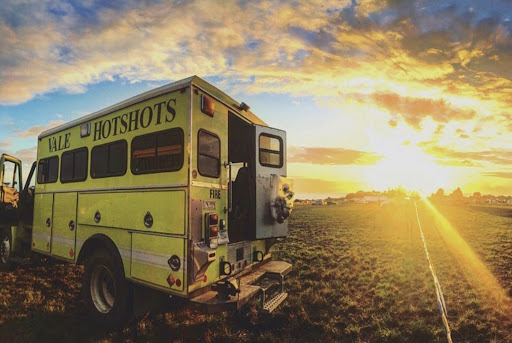
Wildland fire suppression occupations include Engine Crews, Handcrews, Hotshots, People Working in Fire, Smokejumpers, Helitack Crews & Emergency Medical Short-Haul. If you are interested, we would like to encourage you to check the links provided above to the different wildland firefighting occupations. The duties they perform, and the way they break up the work of wildfire suppression is fascinating.
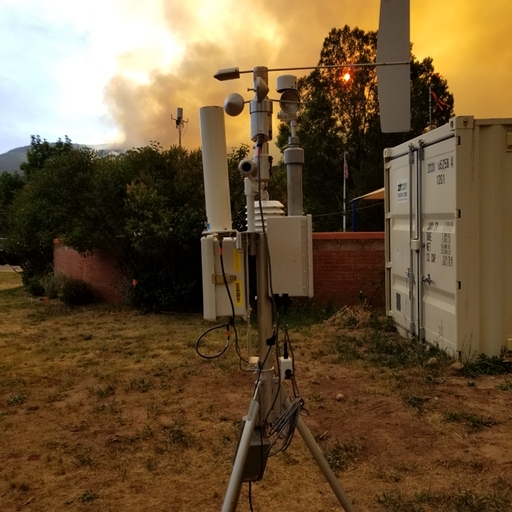
How Did MOI Improve the E-BAM & E-SAMPLER to Combat Wildfires?
Because of Met One Instruments’ dedication and reputation as a leader in precision air monitoring, we have remained the United States Forest Service’s preferred particulate monitoring provider utilizing two of our products — the E-BAM and E-SAMPLER. Our E-BAM measures particulate mass onto a filter tape utilizing beta-attenuation providing hourly measurements. The E-SAMPLER collects samples that can be sent to a lab for testing and further evaluation while simultaneously providing real-time particulate measurement through near-forward light scattering.
The USFS national smoke monitoring cache keeps our air quality monitors calibrated and ready to be deployed at a moment’s notice all over the United States. For instance, Smokejumpers often parachute out of helicopters with our E-BAM or E-SAMPLER in tow to deploy them on the front lines during a raging wildfire. The data our instruments produce provides the USFS firefighters with the critical information they need to make informed decisions. This includes the ability to alert nearby communities if the air quality is a health hazard because of the smoke and/or hazardous particulate matter created by wildfires. These instruments also alert boots on the ground when they need to quickly get out of danger should a fire change direction. The use of these instruments during wildfires has saved lives.
Due to the aggressive uptick in frequency and severity of wildland fires over the past decade, the USFS and Met One engineering team determined that the E-BAM and E-SAMPLER monitors were quite literally taking a beating they were not originally designed for. The monitors needed to be made with even more durable materials to withstand all of the wear and tear from being shipped all over the country for rapid deployment, and exposure to extreme heat. The monitors also needed upgraded electronics to accommodate the latest GOES satellite modems.
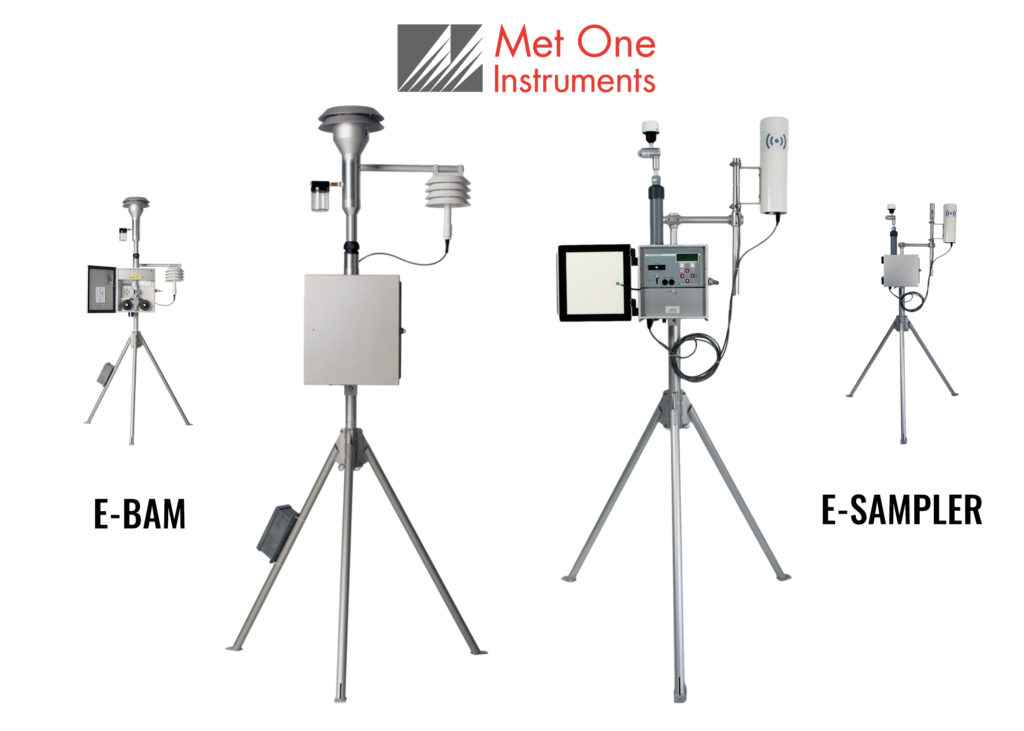
🔍 Multiple changes were made to both the E-BAM & E-SAMPLER to meet the current needs. These upgrades include:
- Modern electronics to accommodate the latest GOES elite modems.
- A new SCC (sharp cut cyclone) that can accommodate a lower flow rate (E-BAM) for higher elevations.
- More robust & durable connections.
- CO sensor compatibility for fire camp safety monitoring.
- MOI is also in the process of upgrading the entire existing USFS instrument fleet to the new standards.
This entire project to upgrade our monitors specifically to be able to withstand frequent deployments to wildfires across the United States came together at the tail end of 2021 in a matter of months. There was no time to waste considering how quickly the 2022 wildfire season could get started — and has. Texas ranchers and farmers were recently devastated by unexpected wildfires. A wildfire in Maggie Valley, Tennessee just scorched 300-acres before containment. California braces for another year of drought, which is expected to contribute to another record year of wildland fires.
The Met One Instruments E-BAM & E-SAMPLER aid the USFS, along with other state, federal, and local agencies making it possible for them to accurately monitor, map and report important health information during hazardous smoke conditions during wildfire events. Our team at Met One Instruments is proud to have had the opportunity to provide the new standard in rapid-deployment precision air monitoring tools for firefighters across the United States and worldwide.

